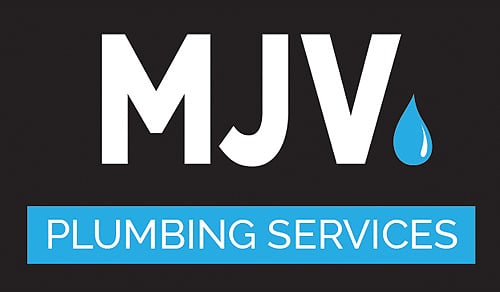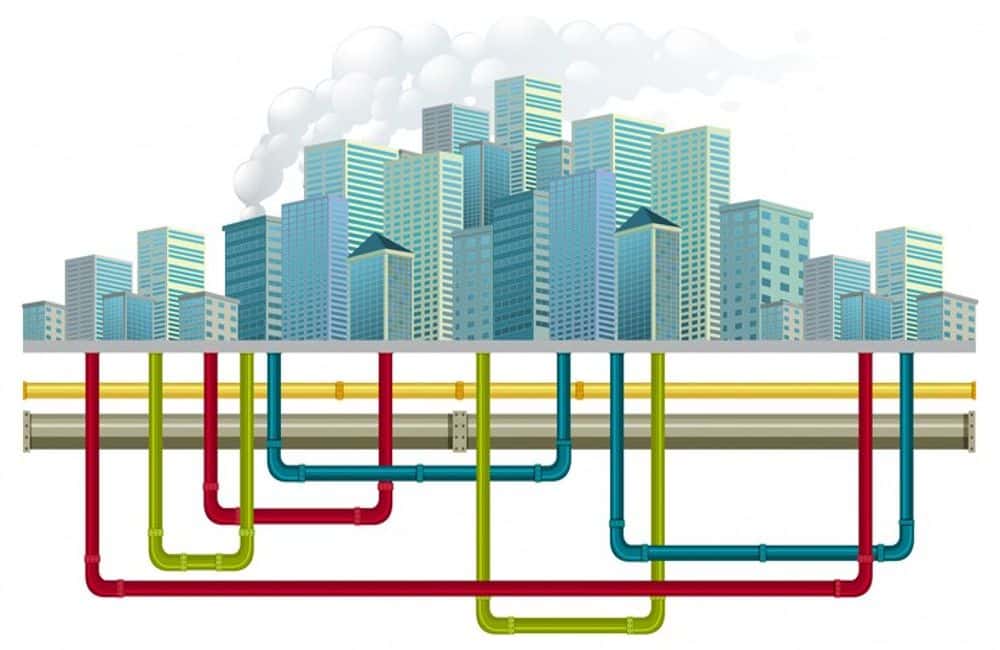As a homeowner, dealing with sewer line issues can be a daunting and overwhelming experience. Problems in sewer lines can cause a wide range of issues, from foul odours and slow drains to complete blockages and even structural damage to your home. Addressing these issues quickly and effectively is crucial to maintaining the structural integrity of your home’s plumbing system and preventing more severe and costly problems down the line.
In this detailed guide, we will explore some common signs of sewer line problems, the potential causes, and the steps you can take to identify and fix these issues. By the end of this article, you will have a thorough understanding of how to tackle sewer line problems and keep your home’s plumbing system in optimal condition.
Identifying Sewer Line Problems
- Foul Odours: Persistent bad smells from drains or around your property suggest a sewer line blockage or crack allowing gas escape. Locate the strongest odour spots by walking around your property. Consider using a sewer gas detector for accurate detection.
- Slow Drains: Slow drains indicate a likely clog or buildup in pipes, affecting water flow from sinks, bathtubs, or toilets. Test multiple drains to assess if the issue is isolated or widespread. Early detection can prevent worsening plumbing problems.
- Gurgling Noises: Gurgling noises from drains indicate trapped air due to blockages. Listen for these sounds after using toilets or sinks to identify the issue early.
- Multiple Clogged Fixtures: Multiple clogged fixtures simultaneously could indicate a main sewer line blockage rather than isolated pipe issues. Signs include clogs occurring in different locations such as the kitchen, bathroom, and laundry room. Identifying this pattern can help differentiate between local and more serious plumbing problems, prompting timely professional intervention to address the main sewer line blockage.
- Lush Patches in Lawn: Lush patches in your lawn may indicate sewage leaks acting as fertiliser. These areas appear greener and more vibrant than the rest of the yard. Detect them by comparing them for unusually green or damp spots. Addressing sewage leaks is crucial to prevent lawn damage.
- Foundation Cracks and Settling: Foundation cracks and settling in houses are often caused by factors such as severe leaks that erode the soil supporting the foundation. These issues can cause structural damage, so regular inspections are crucial to detect early signs like new cracks or shifting in the foundation. Addressing these issues can stop further damage and ensure the home’s long-term stability.
Fixing Sewer Line Problems
Plunging and Snaking
These are effective methods for dealing with small, localised clogs in drains.
- Plunging: Place the plunger over the drain, ensuring a tight seal, and plunge vigorously to dislodge the blockage.
- Snaking: Insert the plumbing snake into the drain and twist it to break up and clear the blockage deeper within the pipes.
These methods are particularly useful for minor obstructions and can often resolve issues without professional intervention.
Hydro Jetting
Hydrojetting uses high-pressure water to clean pipes effectively, removing tough buildup and roots without damaging them. An industrial plumbing Melbourne service must insert a specialised hose into the sewer line and blast away debris, ensuring clear and smooth flow.
Chemical Drain Cleaners
Chemical drain cleaners are a method for clearing minor clogs in drains by pouring a commercial product into the affected drain. While they can be effective, it’s important to follow instructions carefully to avoid damaging pipes. Use these cleaners sparingly to prevent potential harm to both pipes and the environment.
Pipe Relining
Pipe lining involves inserting a resin-coated tube into a damaged pipe, which hardens to form a new inner pipe without extensive digging. After assessing the damage, professionals insert and inflate the liner, allowing it to cure and effectively repair small cracks and leaks with minimal disruption.
Pipe Bursting
Pipe bursting is a trenchless method for replacing severely damaged pipes by pulling a new pipe through the old one, which breaks apart as the new pipe is installed. The process involves pulling the new pipe through the existing one, effectively replacing it while minimising disruption to the surrounding area.
Excavation and Replacement
Excavation and replacement involve digging up the damaged sewer line section and replacing it with new piping. It’s the most invasive method, but necessary for severe damage that can’t be fixed with trenchless techniques.
Preventative Measures
- Regular Inspections
- Action: Have a professional inspect your sewer lines annually.
- Benefit: Early detection of potential issues before they become major problems. Call in professionals for yearly inspections. These days, you can use video inspections to identify potential issues.
- Proper Waste Disposal
- Action: Avoid flushing non-degradable items like wipes, feminine hygiene products, and grease.
- Benefit: It reduces the likelihood of clogs and buildup. You can achieve this by properly educating household members about proper disposal and using strainers to catch debris.
- Tree Root Management
- Action: Plant trees away from sewer lines and use root barriers.
- Benefit: Prevents roots from infiltrating and damaging pipes. Before planting trees, you must identify sewer line locations and install root barriers to prevent growth toward pipes.
- Install a Backwater Valve
- Action: Install a valve to prevent sewage from backing up into your home.
- Benefit: It protects your property from flooding and contamination. You need to hire a professional to install the backwater valve and then regularly maintain and inspect it for proper functioning.
When to Call a Professional Plumber Service
While some sewer line problems can be managed with DIY methods, others require professional intervention. If you encounter any of the following, it’s time to call a plumber:
- Persistent or recurring clogs
- Multiple fixtures backing up simultaneously
- Significant foul odours
- Visible sewage in your yard or home
- Unusual lush patches in your lawn
A qualified plumber can conduct a thorough inspection using advanced tools like sewer cameras to accurately diagnose and fix the problem.
Sewer line problems can be daunting, but with the right knowledge and tools, they can be managed effectively. By understanding the signs of sewer issues and taking proactive steps to address and prevent them, you can protect your home and ensure a smoothly functioning plumbing system. Remember, when in doubt, always seek professional help from MJV Plumbing Services to avoid exacerbating the problem. Proper maintenance and regular inspections can keep your sewer lines in good condition, saving you from costly repairs and disruptions in the future.

